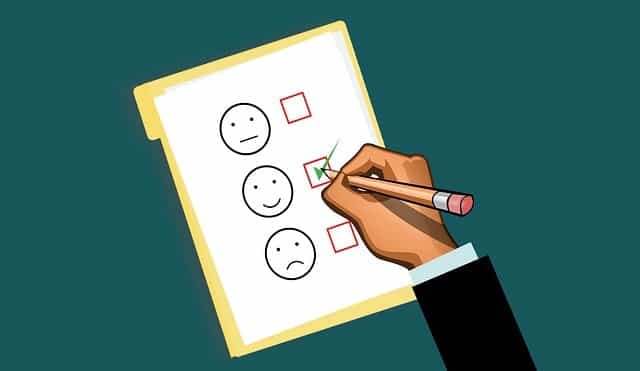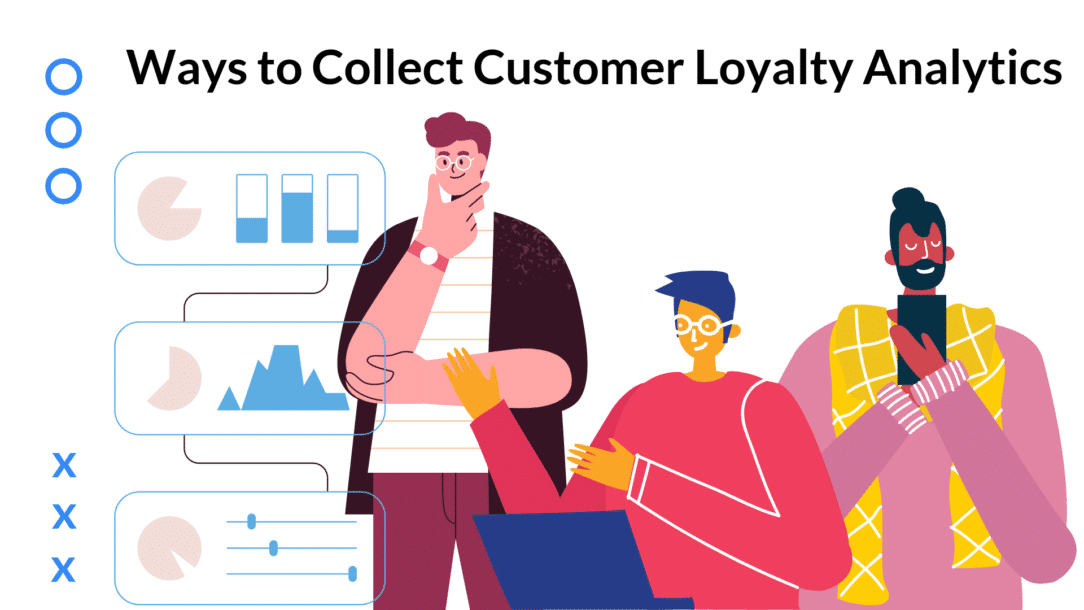5 Ways to Collect Customer Loyalty Analytics + 2 Bonus Ways
Are you a business owner looking to gain loyal customers? Most companies thrive on this factor, making them stand out from the crowd. In this modern era, you will find competition in every industry. Businesses look for metrics that help them gain and retain customers.
The only way to gain loyal customers is by fulfilling their needs. You have to understand your audience to understand what to deliver. Customer loyalty analytics have become one of the most important metrics in the business world. They allow companies to craft consumer-centric strategies and expand their customer base.
You might not have heard of customer loyalty analytics if you are new to marketing and business. But worry not; this guide will tell you everything you should know. Let’s get started!
What is Customer Loyalty Analytics?
Customer loyalty analytics determine the faithfulness of a customer in a business. That means how likely a consumer is to buy from the same company again. Loyal customers tend to purchase from a business multiple times. However, it is not a single metric. Instead, it depends on various factors.
Many businesses also have customer loyalty programs. These are incentives to attract their previous customers and create a faithful base. The benefit of loyal customers is directly tied to a higher ROI (return on investment).
When a large number of customers buy from your business repeatedly, it helps create a faithful base. As a result, your company seems more credible and popular, attracting more customers.
A consumer may be loyal to a company for several reasons. Some of the main reasons include that the business may:
- Fulfill their needs
- Owned by an acquaintance
- Recognize their personal identity
- Has customer loyalty incentives, like giving discounts on repeated purchases.
- Offer exclusive benefits for faithful customers
How to Collect Customer Loyalty Analytics? Here are 5 Ways
Collecting and measuring customer loyalty analytics is not a difficult task. You can start using 5 different ways. Here are all of them explained in detail:
1. Surveys & Forms

Survey
Collecting feedback is easier than ever due to the rise of forms and online surveys. You can now connect with your customers and ask some important questions.
What are these questions? Here are some of them:
- Do customers like the quality of your brand?
- Was the customer satisfied with your product?
- Will the customer buy again from your business?
- How will the customers rate your product and customer service?
Generally, surveys are carried out by brands to collect feedback. They also provide insight into consumer and market trends. As a result, you can overcome your company’s weaknesses and craft a better strategy.
2. CRR (Customer Retention Rate)
Customer retention rate, or CRR, is integral in defining a customer’s loyalty to the brand. It is the process of turning one-time buyers into frequent customers of your business. This metric is pivotal in creating a strategy for your existing and regular consumers. Ultimately, it helps reach new customers while satisfying the old ones simultaneously.
Surprisingly, calculating CRR is not tricky. Here’s its formula:
- Customers present at the end of a timeframe – New Customers / Customers available at the start of a timeframe x 100.
Here, the timeframe can refer to a month, year, or even week. You can calculate CRR for a specific period depending on your company’s dynamics.
3. Repeat Purchase Rate
The whole premise of a loyal customer is the one that purchases repeatedly from your business. Thus, repeat purchase rate (RPR) is pivotal to measuring a consumer’s faithfulness.
It also works for a specific timeframe but is different from the customer retention rate. The latter doesn’t include new customers, while RPR considers everyone who made repeated purchases from your brand.
Its calculation formula is also different from CRR. Here it is:
- Number of repeated customers making multiple purchases / Number of overall customers x 100.
The benefit of RPR and CRR is that both metrics are business-centric. That means they don’t involve customers, like in a survey. Thus, you can calculate this metric for any period you like.
4. Customer Satisfaction Score

Customer Satisfaction
As the name suggests, this metric determines the percentage of satisfaction after purchasing from your business. Commonly known as the CSAT score, it works for a specific product or service.
However, calculating CSAT scores relies heavily on customer feedback. It includes positive and overall feedback to estimate the customers’ satisfaction. Here’s how it works:
- Number of positive feedback / Total number of feedback x 100.
As you may guess, you will need to collect survey data to calculate your CSAT score. You can prepare a form or questionnaire for this purpose. Another way is to ask customers individually for their feedback.
5. Net Promoter Score
The net promoter score determines your company’s performance in a specific period. It plays a key role in collecting loyalty customer analytics. That’s because it offers insight into whether a customer will buy from you again or look for another brand.
The collection of customer data for NPS is also possible with surveys. You can ask your customers how likely you are to refer our brand to your friend or family. However, it works with a rating system, typically on a scale of 1-5. Here’s how this system works:
-
- 0-2/5 (Unhappy Customers) – This rating means the customers were unsatisfied with your product or service.
- 3-4/5 – This rating indicates that the customer may be satisfied with your brand but not purchase again.
- 4-5/5 (Happy Customers) – This rating means the customers were happy with your company and will refer it to others.
Now, here’s the formula to calculate NPS:
- Number of Happy Customers – Number of Unhappy Customers / Total Responses x 100.
2 Bonus Ways to Collect Customer Loyalty Analytics
Want to learn more about your loyal customers? Here are 2 bonus ways for it:
1. Customer Effort Score
The customer effort score, or CES, indicates the difficulty level of a customer dealing with your company. It includes several other factors than just the quality of your product, like customer service.
Calculating CES depends on collecting data from customers. You may need to ask your customers to rate your brand on a scale of 1-10 or 1-5. Then, add all the ratings. When done, follow the formula below:
- The sum of all the received ratings / Total responses
2. Social Media

Social Media
Online reviews have made life easier for customers as well as businesses. The latter can collect feedback from their sales, while consumers can find reputable brands. Social media platforms like Twitter, Facebook, and TikTok create a relationship between your business and customer base.
It is an excellent way to collect insights into consumer trends. You can see what is trendy and collaborate with influencers to promote your customer loyalty program. The possibilities are endless!
How to Rank Higher With Customer Loyalty Analytics?
Higher customer loyalty analytics indicate a more customer-centric brand. Clepher can help you develop a better strategy with its chatbot integration. It increases engagement while communicating with your customer base via social media platforms. Clepher also utilizes email marketing integrations, like MailChimp, Get Response, Aweber, and more.
With convenient pricing plans and free chatbot training, Clepher is an excellent choice for businesses looking to develop customer-centric strategies. It can help your brand gather its faithful customer base while attracting new consumers simultaneously.
In short, Clepher automates sales, uses powerful integrations, boosts conversations, retains customers, and creates your business’ faithful cult!
Conclusion
Customer loyalty analytics can be pivotal for a company’s success. If a brand has a faithful base, it can never fail. That’s because it may always have some customers to rely on. You can measure your business’ analytics and implement tips for better results.
Make sure to check your metrics every week, month, or year, considering your business’ scale. Using an automated tool like Clepher can take the burden off your shoulders.
Related Posts



